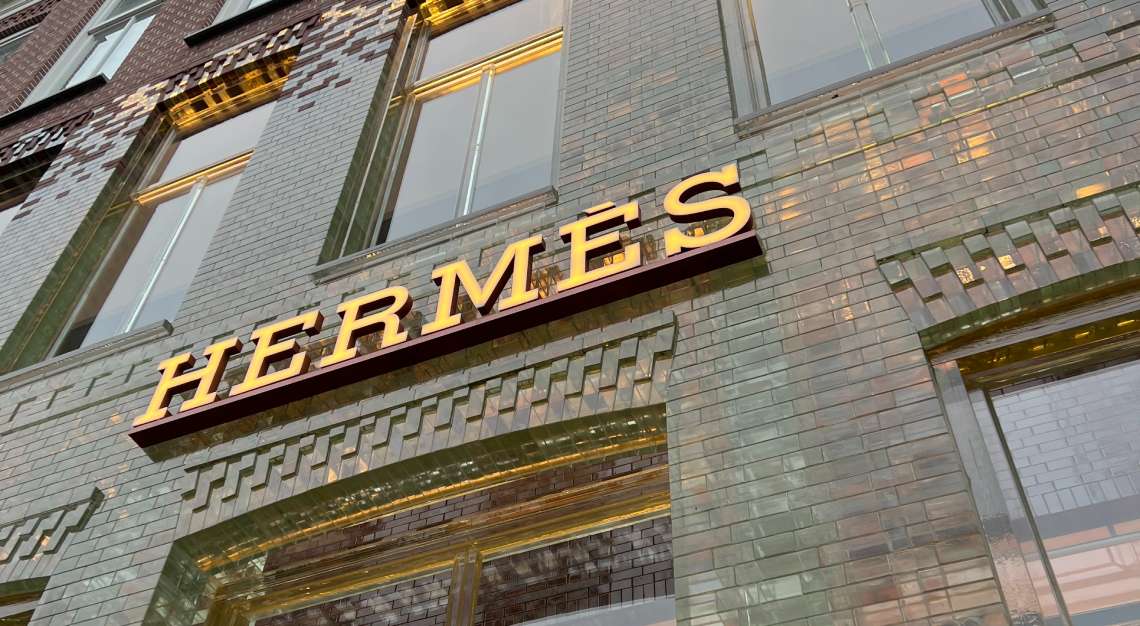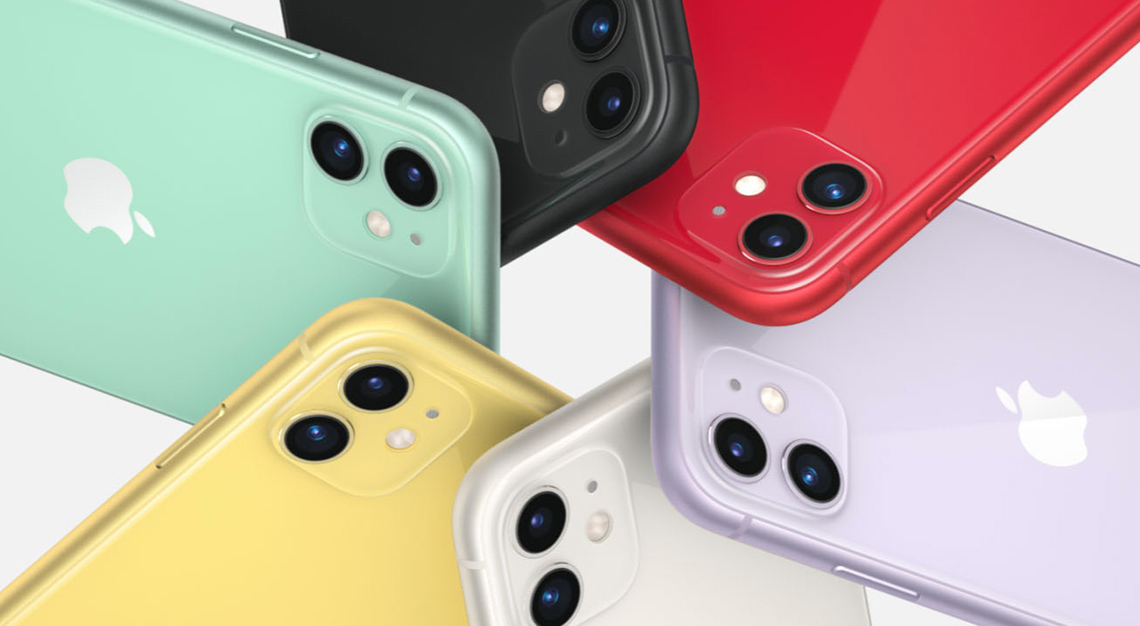The French luxury brand draws inspiration from childhood memories
If you were to revisit your childhood paintbox today, the result might somewhat resemble that of Hermes’s presentation at Salone del Mobile this year. The maison’s use of colour was at once exuberant, yet tempered with a restrained, poetic sensibility that has come to characterise all its creations.
Artistic directors Charlotte Macaux Perelman and Alexis Fabry oversaw the creation of seven vibrantly hued pavilions for the launch in April, which was held in Milan’s La Permanente museum. Clad in 150,000 textured zellige tiles specially imported from Morocco, each towering structure showcased a range of objects, such as accessories, textiles and wallpapers.


There was plenty to tease the eye, from the illustrated whimsy of British artist Nigel Peake’s bright, summery botanical illustrations for the maison’s tableware, to the bold primitivism of Mexican artist Miguel Castro Lenero’s black-outlined, stylised horse silhouettes on blankets – a nod to Hermes’s equestrian heritage.
Overseeing the entire production was Helene Dubrule, general manager of Hermes. Prior to her appointment in 2009, Dubrule had worked in the maison’s other storied departments, namely its perfume and silk divisions. Dubrule is also CEO of Puiforcat, the renowned French silversmith.

You were previously with Hermes’s perfume division. Currently, you are also CEO for Puiforcat, with an eye on St-Louis. What have you brought from each of your roles to Hermes?
It’s always a matter of reflecting about the mission of the metier and the brand, what you stand for. That is the first thing I did when I was at perfumes. I asked myself: what is the mission statement? What’s the goal of perfume? How can I make it as creative as possible and of the highest quality?
You joined Hermes as general manager in 2009 – almost a decade ago. How have the maison’s offerings evolved from then till now?
Hermes has a longstanding heritage with Jean-Michel Frank’s furniture, all the lifestyle objects, the art de vivre and the strong patrimonial tableware, since the ’20s. My mission was to build a global universe that fit the values of the brand, which was rooted in its rich history.
What I’ve tried to do is gather a tribe of excellence in terms of know-how. We have our own artisans for leather, porcelain and some textiles, but we’ve also found the best experts in France, in Italy (especially for furniture), Nepal for cashmere, Vietnam for lacquer, Indonesia for the best mahogany and palisander, and India for the best embroidery. We also went to Japan, where we worked with a master of bamboo.



What is the Hermes aesthetic?
This is not an easy question to answer because there is no magic formula. An Hermes creation offers both fantasy and rigour, balance and precision. It’s contemporary, yet has to be timeless. It has an understated elegance – we don’t like to shout. There is a sensuality in the materials – when you use it you have to feel a sense of beauty and pleasure.
How does this year’s collection at the Salone del Mobile differ from last year’s? What has the team done differently?
The theme of this collection is colour – how it interacts with shape, materials and functions. Scale is a focus and we have many small objects this year. We apply the same amount of care and attention in a small change tray as we would in a large sofa.

Tell us about the Attrape-Reves dreamcatcher. What was the thinking behind it?
When you see an object like this you think: what is it, what is it used for? This is the kind of reaction that we love, because it enables us to invent new types of product. The dreamcatcher is a frame in solid wood threaded with strings of bridle leather. You can hang a scarf, ties, a necklace or fold some pictures on it and use it as a frame. It inspires different uses and is very sculptural as well.
Would it be wrong if a customer bought an item just to display, but never use?
Some of our objects are designed to generate curiosity, contemplation and questions, like the dreamcatcher. Another example is the Vis-a-Vis necklace holder. It’s a bust inspired by an incredible 1.5m-tall piece in our archives. But you can also use it as a sculpture. Hermes objects always have a story to tell – they engage conversation.






